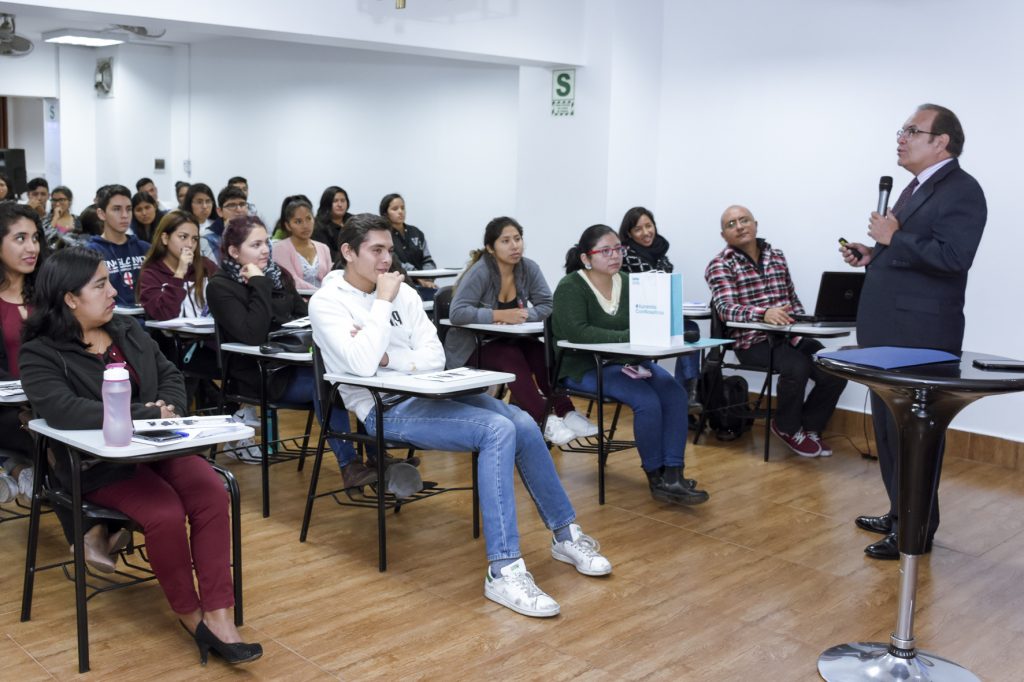Guatemala is not a poor country; it is a country with many poor people. That is a big difference. Even so, Guatemala does not take advantage of its many blessings in resources, geostrategic position and generally, in its wealth, to optimize its path to growth.
If there is a lesson to be learned from economic history, that is that natural resources do not suffice to guarantee progress for a country. The regions of the world most blessed in strategic resources, Latin America and the Middle East, stand out for their cultural backwardness, internal conflict, and high levels of unequal access to human progress opportunities. Based on data from the International Monetary Fund, “Latin America and the Caribbean”, and the “Middle East and North Africa” represented 7.6% and 4.6% of the global product in 1980, respectively. For 2020, the structural share of Latin America and the Caribbean in the global product is expected to go down to 6.1%, and to 3.7% in the Middle East. Meanwhile, emerging Asia increases its share from 6.8% in 1980 to 24.1% in 2020.
The difference? Development models based on actual export competitiveness and a free trade foreign policy. Hong Kong, for example, is a model for Guatemala to follow. It ranks first globally in the Economic Freedom Index of the Heritage Foundation. Hong Kong reports excellent grades in property rights protection, government integrity, trade freedom, freedom to invest, and fiscal sanity, among other things. These are all matters of political will and, if Guatemala wanted it, it could easily replicate them. If Guatemala were to bet in favor of more trade freedom, greater government integrity, and enhanced protection for private property, the private sector would take care of rising Guatemala to become an economic power in the region.






